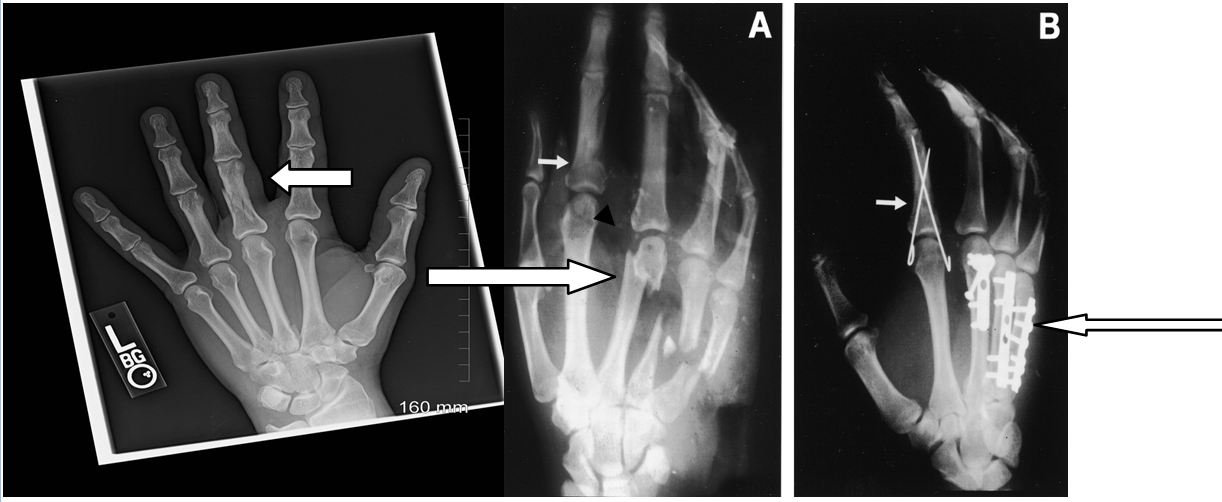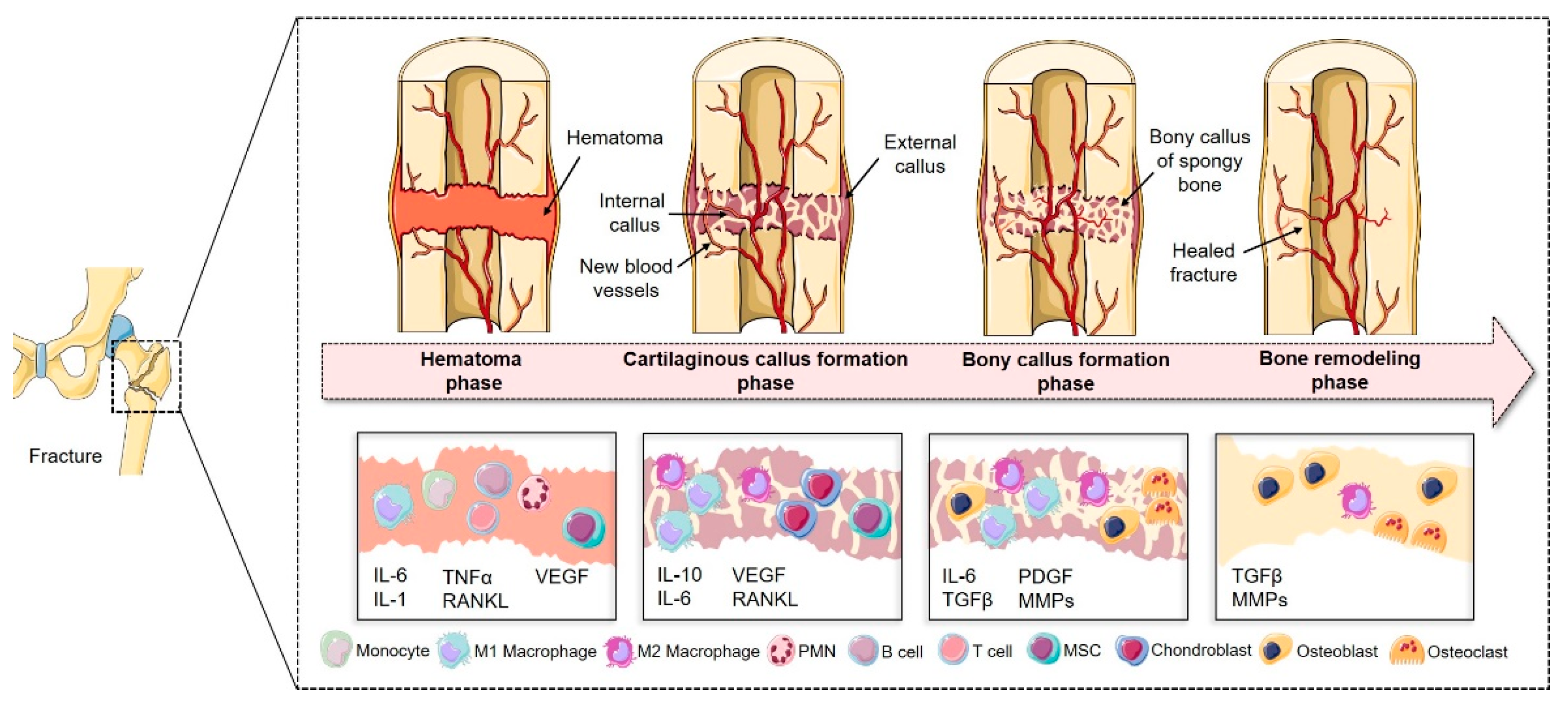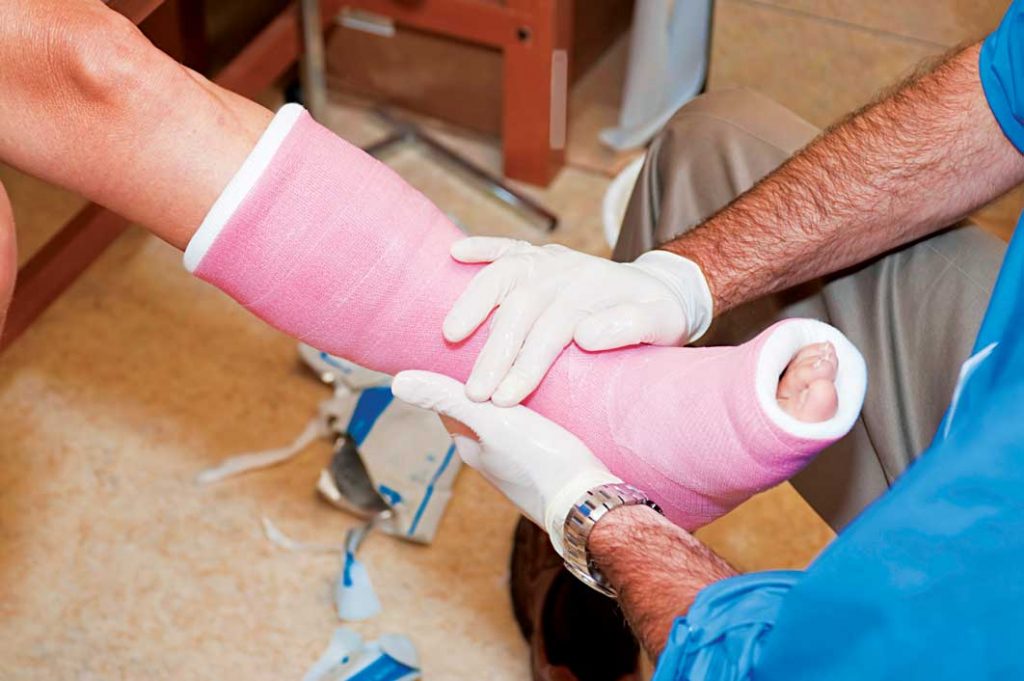When describing a fracture the first thing to mention is what type of fracture it is. With subsequent follow-up to assess whether or not neurologic function returns.

Fractures 101 Let S Cover The Basics Aapc Knowledge Center
Improper initial management of fractures can lead to significant long-term morbidity and potentially mortality.

. Oblique fractures occur at an angle across the bone less than a transverse image by. Débride stabilize and allow open fracture wounds to heal by secondary intent. Treatmentregardless if you keep or refer Immobilize acute fractures with a splint stabilize fracture position protect blood vessels nerves and muscles provide pain relief.
The person is unresponsive isnt breathing or isnt moving. Casts are often used for the treatment of many types of fractures. Cast immobilization is the most common method where a material typically plaster or fiberglass is wrapped around an injured extremity and allowed to harden.
Gustilo and Anderson described the use of antibiotics and. Looks like a corkscrew. Either type of fracture can receive percutaneous skeletal fixation treatment.
Most often this wound is caused by a fragment of bone breaking through the skin at the moment of the injury. An open fracture requires different treatment than a closed fracture. There are multiple methods that the interprofessional team can utilize to promotestimulate fracture healing including.
Begin CPR if theres no breathing or heartbeat. All recastings and or splinting are on an encounter basis and are separately billed AAOS defines the alternative method as such. Broadly these can be split into.
Fracture management codes are found throughout the Musculoskeletal System subsection. Describe the initial and follow-up treatment of fractures. Immediately after injury if a fracture is suspected it is important to immobilize the body part before the patient is moved.
The treatment of non-union fractures can be achieved by non-surgical or surgical procedures. If the broken bone is the result of major trauma or injury call 911 or your local emergency number. In most cases medication is limited to.
There are different types of immobilization including splint braces casts slings and others. Spiral torsion fractures involve a fracture twisting around the shaft of the bone. In the meantime the patient attends his previously scheduled health risk assessment HRA appointment with his primary care physician PCP who reminds the patient of an upcoming.
Adequate splinting is essential to prevent the movement of fracture fragments. Casts help to hold bones in proper alignment and protect the healing bone. The ED physician splints the fracture and advises the patient to follow up with an orthopedic specialist for continued treatment.
Internal fixation is used to realign broken bones and then hold the healing bones in position with metal plates pins rods or screws. All the way through the bone. After setting most fractures are immobilized with a cast splint or occasionally traction to reduce pain and help healing.
You will be instructed to place the stimulator over the region of non-union for 20 minutes to a few. It requires medical attention. Straight across the bone.
Dietary supplements - calcium protein vitamins C and D Bone stimulators - which can be electrical electromagnetic and ultrasound. This study presents a clinical and radiographic follow up at an average of 3 years after treatment in. Transverse fractures occur straight across the bone.
An open fracture also called a compound fracture is a fracture in which there is an open wound or break in the skin near the site of the broken bone. An oblique line across the bone. Pinning Open or closed treatment of the fracture Application and removal of the initial cast or splint Normal uncomplicated follow-up care.
The whole cortex is not broken. Gradually over several days to weeks this matrix unites the opposite ends of the fracture into an internal callus plural calli or calluses. Keep or refer ACUTE FRACTURE MANAGEMENT.
An ortho appointment is scheduled for three days later. Surgical treatment of displaced distal radius fractures DRF in older patients has increased despite lacking evidence of its superiority over non-operative treatment. Perhaps the most important aspect in the treatment of open fractures is the initial surgical intervention with irrigation and meticulous debridement of the injury zone.
This method involves the use of a bone stimulator a small device that produces ultrasonic or pulsed electromagnetic waves which stimulates the healing process. The initial cast or splint is applied and all revisits excluding radiographs that are obtained by the physician should be included within a 90-day period from the time of the initial fracture. Provide Initial Fracture treatment with Analgesia avoid NSAIDS use Acetaminophen Elevation and Ice to avoid swelling.
Workbook for BlesiWiseKelly-Arneys Medical Assisting Adminitrative and Clinical Competencies 7th 7th Edition Edit edition Solutions for Chapter 27 Problem 9SA. There is heavy bleeding. How treatment choice affects these patients after the initial 12-month period remains unknown.
70 More proper antibiotics became available during the US-Korean War 1950-1954. The codes include the following. A widely accepted approach is to use a minimum of 3 L of irrigation for a type I fracture 6 L for a type II fracture and 9 L for a type III fracture.
Initial follow-up should occur within one to two weeks then every two to four weeks for a total healing time of four to six weeks6 23 24 Radiographic follow-up in seven to 10 days is necessary. The most common type of fracture management is with immobilization. Greenstick fractures break one side of a bone and bend the other.
Treatment for scaphoid fracture and nonunion--the application of 30 mm cannulated screws and pedicle vascularised bone grafts. By Mayo Clinic Staff A fracture is a broken bone. Also call for emergency help if.
In fact we believe that the surgeon should spend as much time for planning and performing the debridement as for the fixation of the fracture. More than 2 parts to the fracture. Within about 48 hours after the fracture stem cells from the endosteum of the bone differentiate into chondrocytes which then secrete a fibrocartilaginous matrix between the two ends of the broken bone.
70 Sulfonamides applied topically on wounds became widely used during World War II 1939-1945. Management of a patient with a fracture can belong to either emergent or post-emergent.

Biomedicines Free Full Text Fracture Healing Research Shift Towards In Vitro Modeling Html

Fractures 101 Let S Cover The Basics Aapc Knowledge Center

Fracture Diagnosis Coding Initial Visit Vs Subsequent Visit Aapc Knowledge Center

Distal Ulna Fracture What Is It How Is It Managed And More Osmosis
0 Comments